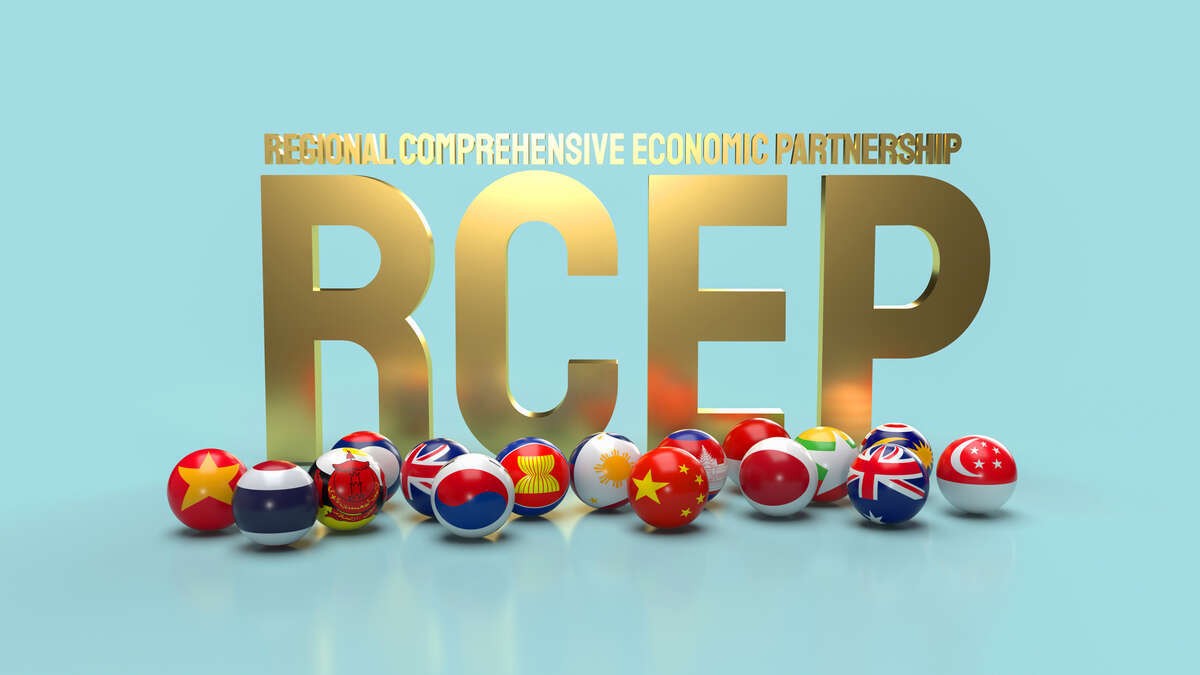 |
| The RCEP Agreement has come into full effect for 15 signatory countries since June 2, 2023. |
This is a major event in the economic development of the Asia-Pacific region, demonstrating that the Free Trade Agreement will become an important rule in economic cooperation between countries in the Asia-Pacific region.
The Chinese Ministry of Commerce emphasized that RCEP members account for about 30% of the world's total population and 30% of global GDP and merchandise trade, so the full entry into force of this Agreement will create a strong push for China to promote opening up at a higher level.
In 2022, the total import and export volume between China and other RCEP members was 12.95 trillion yuan (1.85 trillion USD), up 7.5% year-on-year, accounting for 30.8% of China's total trade import and export volume.
The actual investment turnover that China used with the member countries of the Agreement reached 23.53 billion USD, an increase of 23.1% over the same period last year.
The reason why the RCEP Agreement can play such a great role is mainly based on the following aspects:
First , adhere to the principles of equality, mutual benefit and openness. RCEP members include both developed and developing countries; there are both energy resource exporting countries and energy resource importing countries.
The reason why all member countries can achieve stable economic development with the support of this Agreement is that all countries fully meet each other's concerns on an equal basis and have provided flexible provisions on a series of key issues.
Second, RCEP members have made bold and open efforts to achieve institutional innovation, including the determination of product origin, which has opened the door to mutual trade and investment among members.
Third, on the basis of complementing each other's advantages, promoting the economic development of member countries through trade facilitation measures. After the Agreement is implemented, agricultural products of Southeast Asian countries will have to pay almost no tariffs and can directly enter the Chinese consumer market.
This not only meets the needs of Chinese consumers but also brings rare opportunities for agricultural exports of Southeast Asian countries.
In general, the success of RCEP is due to mutual respect, equality and mutual benefit, complementary advantages and institutional innovation. As long as we actively summarize successful experiences and continue to deepen the content of the Agreement, we can believe that economic, trade and investment cooperation between countries in the Asia-Pacific region will be raised to a new level.
Source


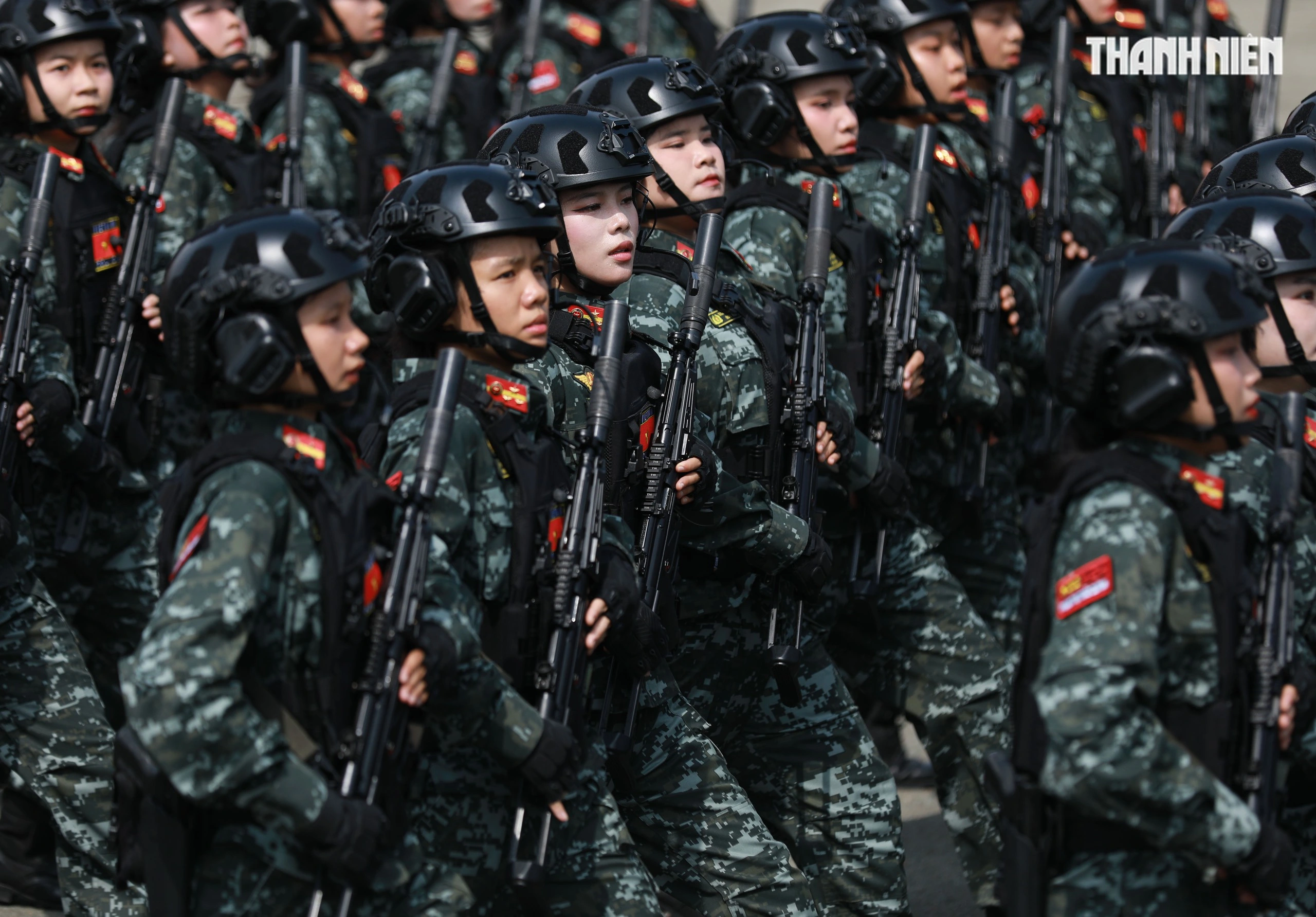
![[Photo] Looking back at the impressive moments of the Vietnamese rescue team in Myanmar](https://vstatic.vietnam.vn/vietnam/resource/IMAGE/2025/4/11/5623ca902a934e19b604c718265249d0)



![[Photo] "Beauties" participate in the parade rehearsal at Bien Hoa airport](https://vstatic.vietnam.vn/vietnam/resource/IMAGE/2025/4/11/155502af3384431e918de0e2e585d13a)



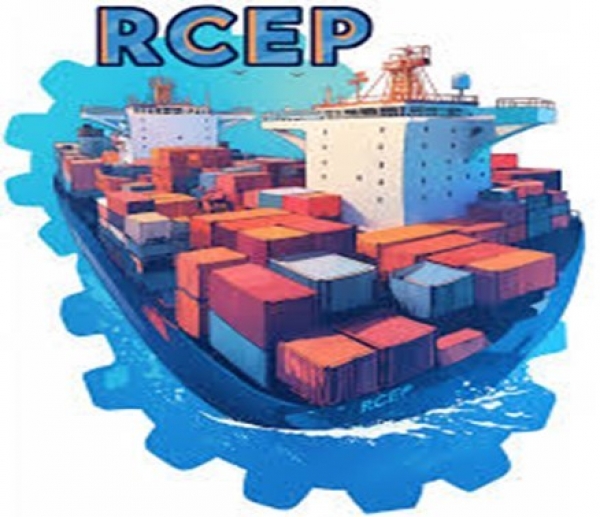


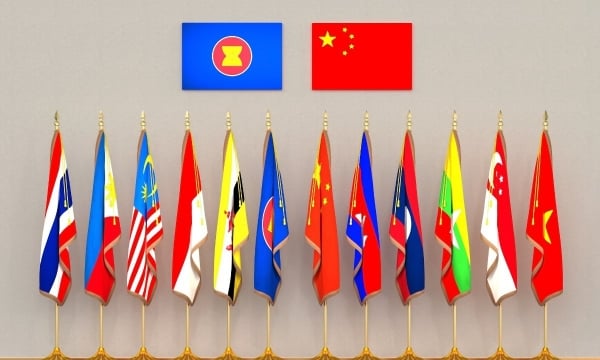
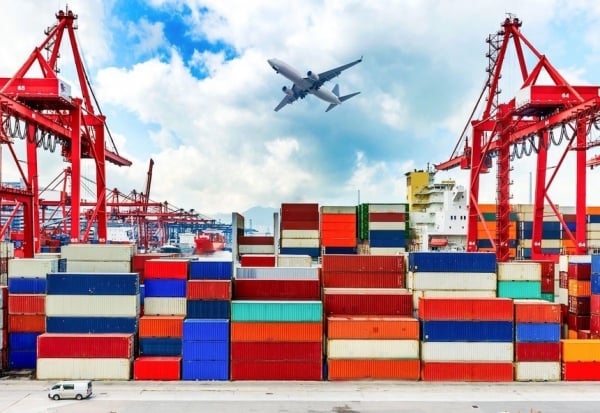

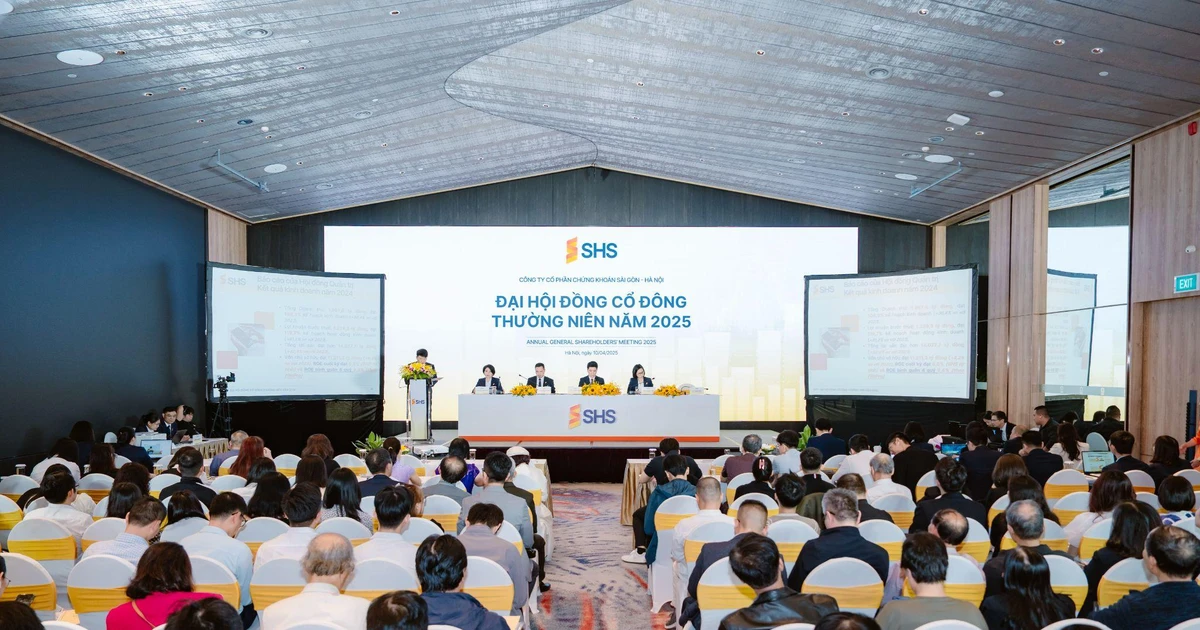
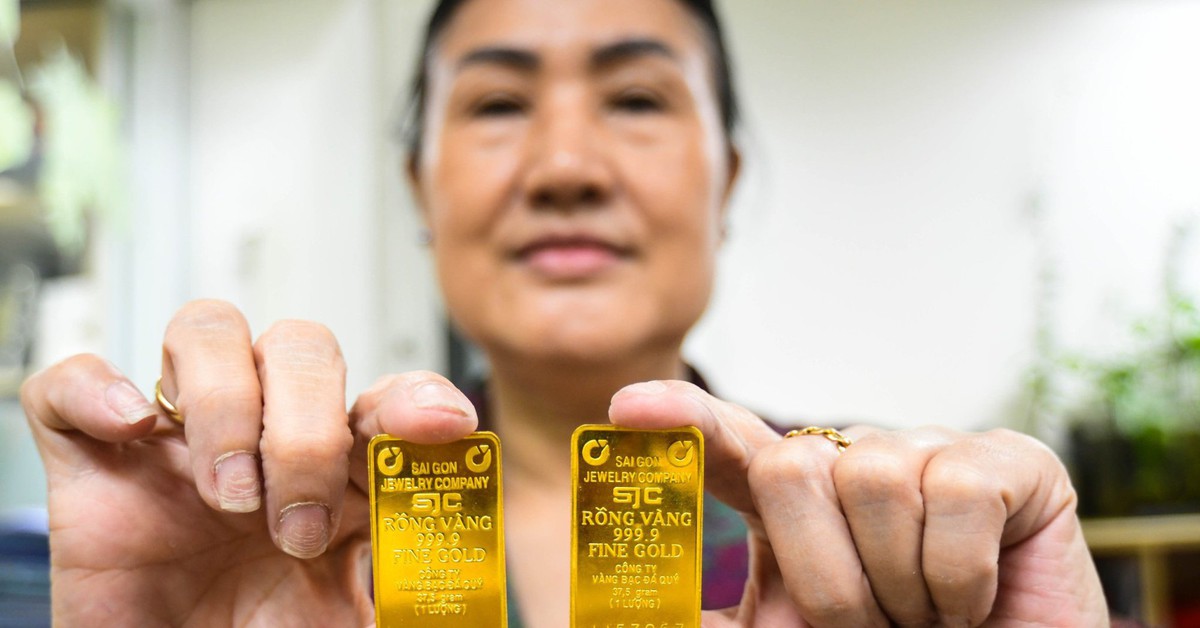

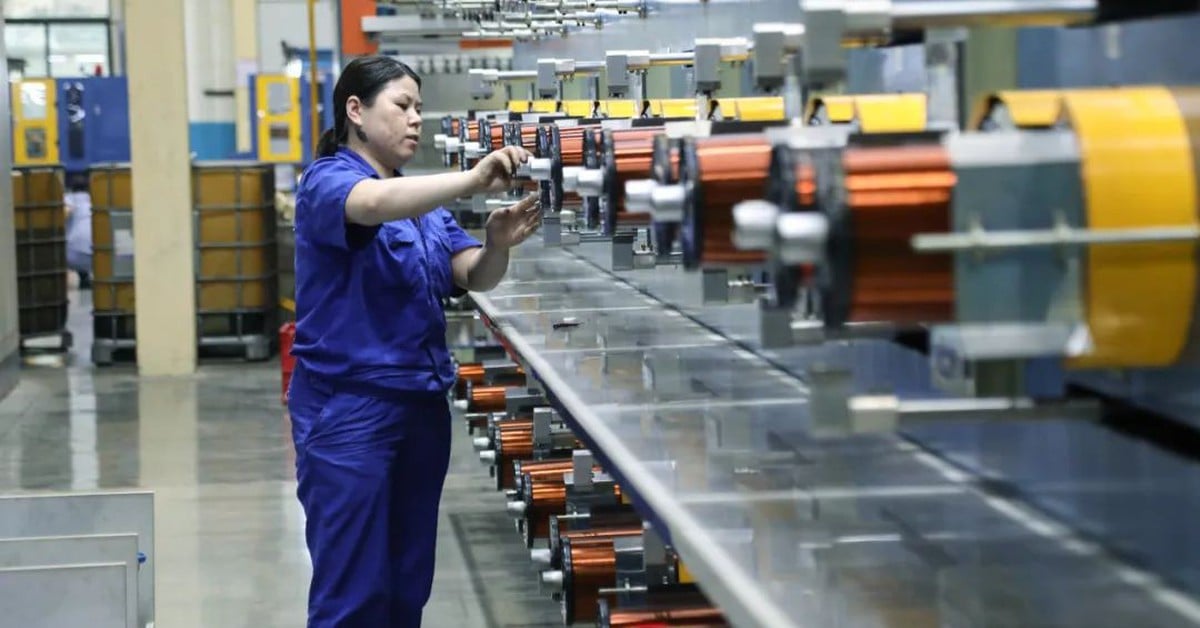




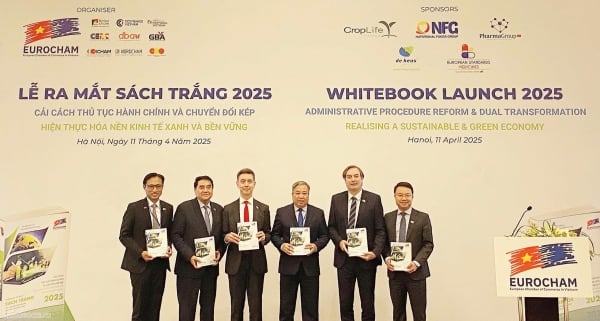
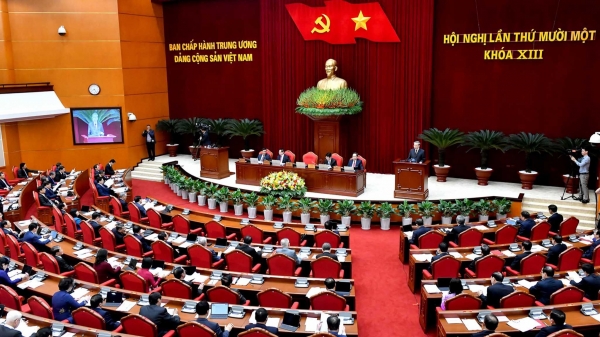

![[Photo] Summary of parade practice in preparation for the April 30th celebration](https://vstatic.vietnam.vn/vietnam/resource/IMAGE/2025/4/11/78cfee0f2cc045b387ff1a4362b5950f)























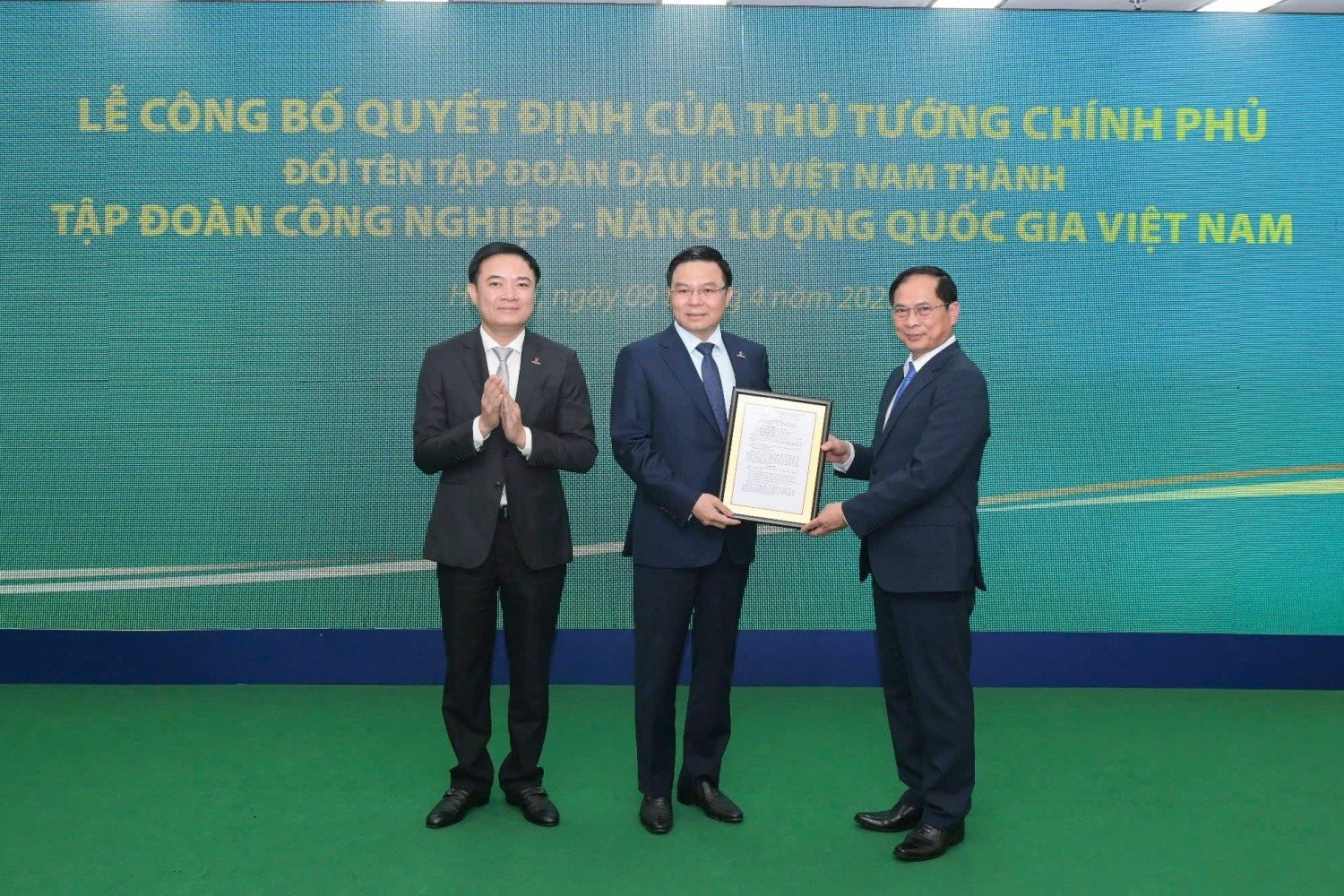





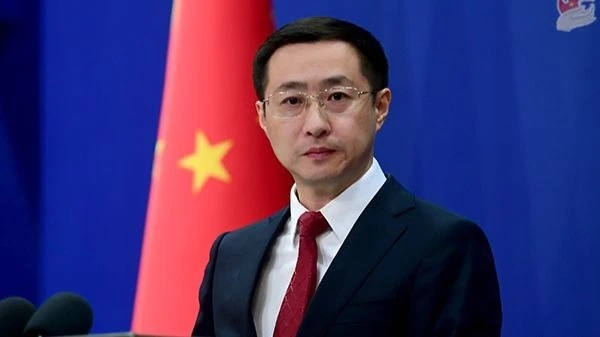
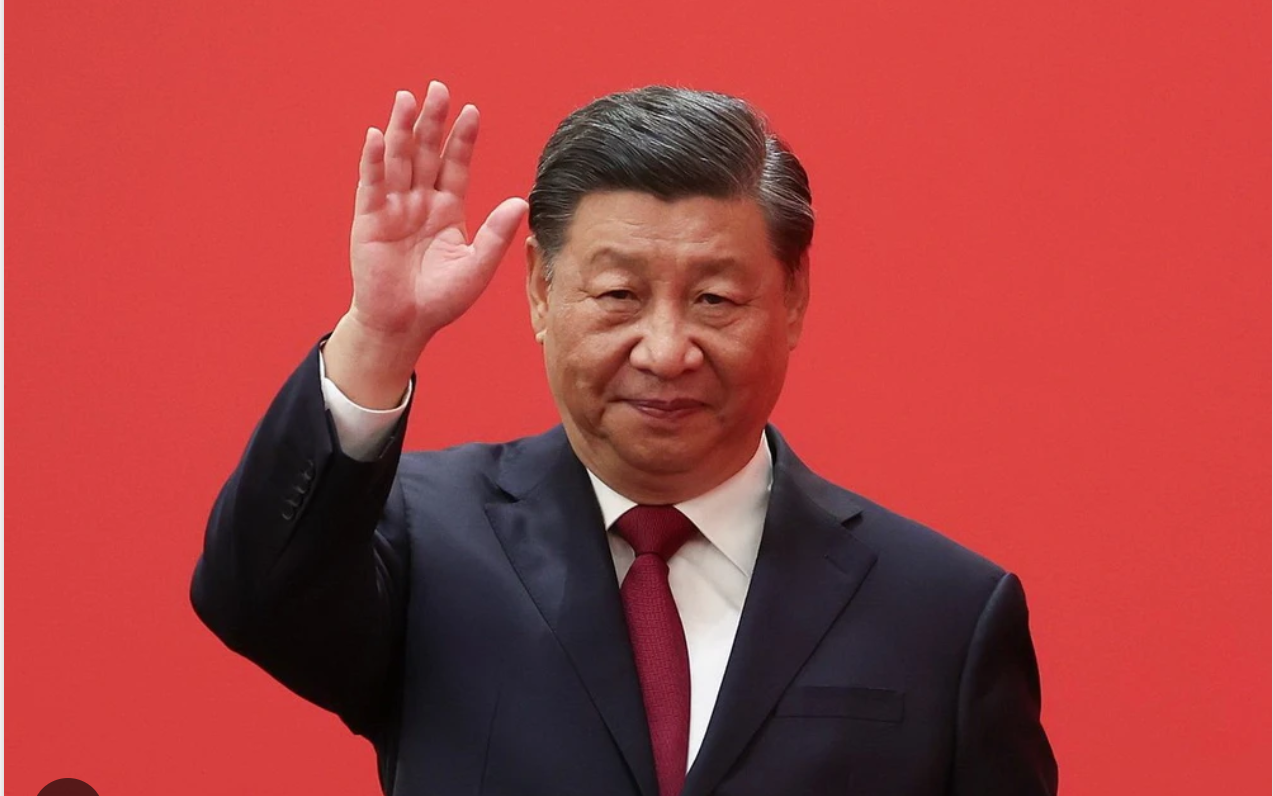
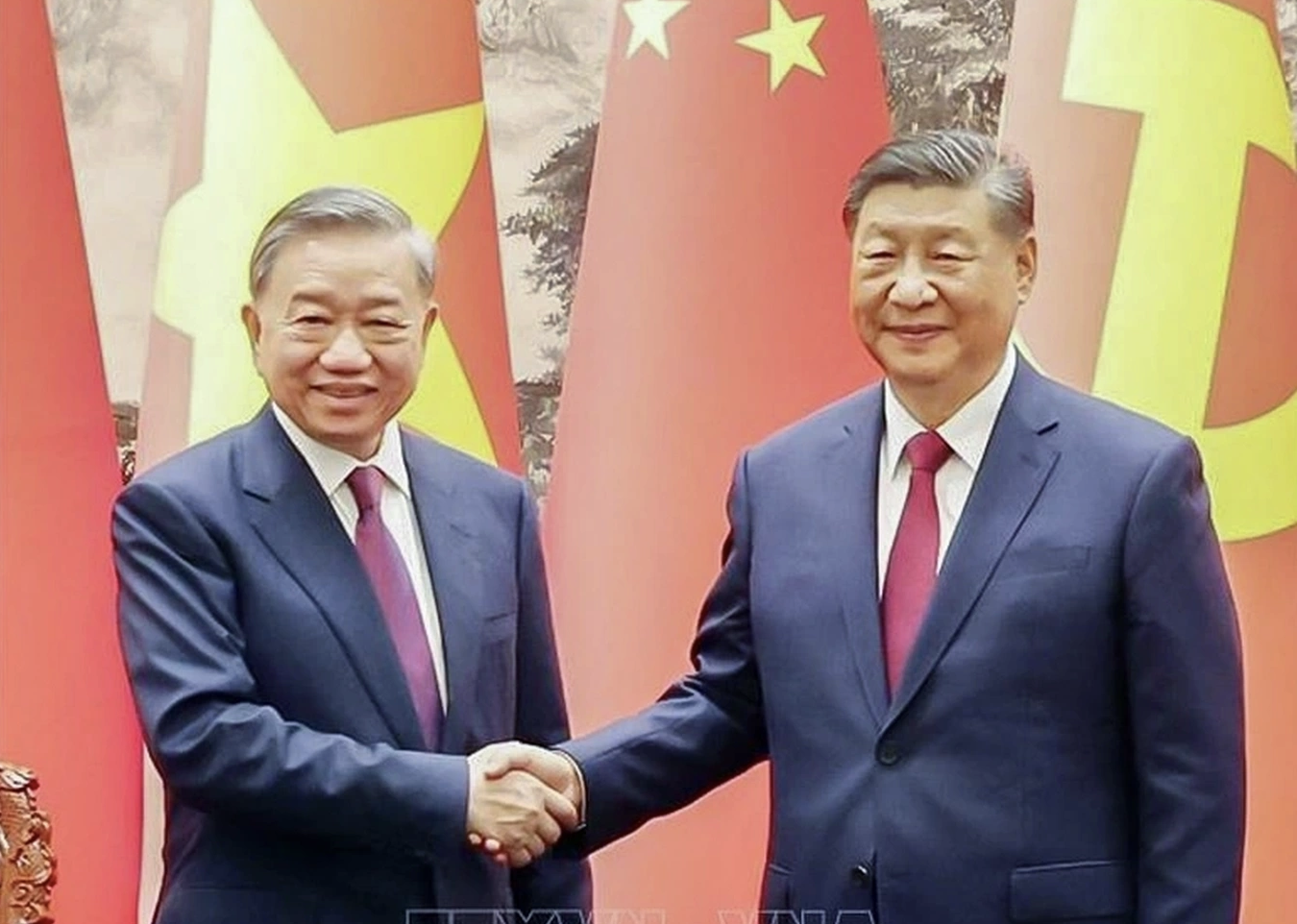

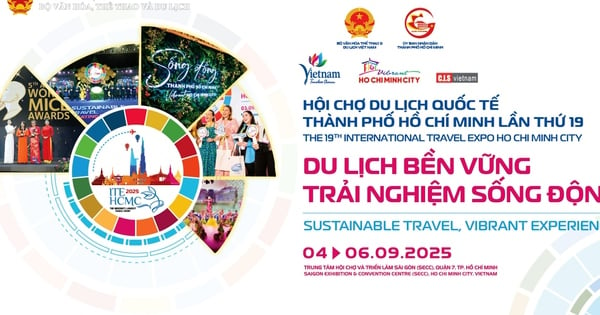


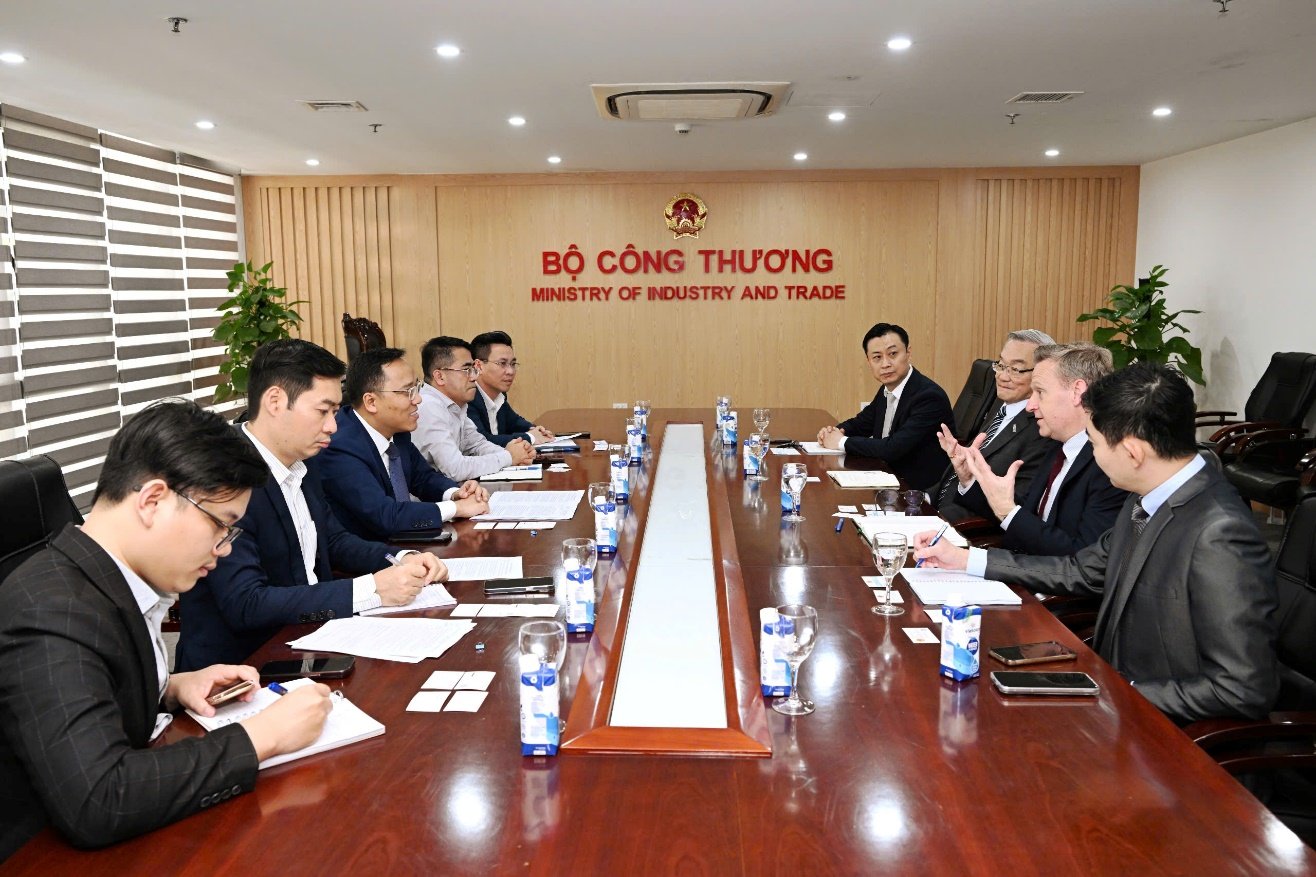

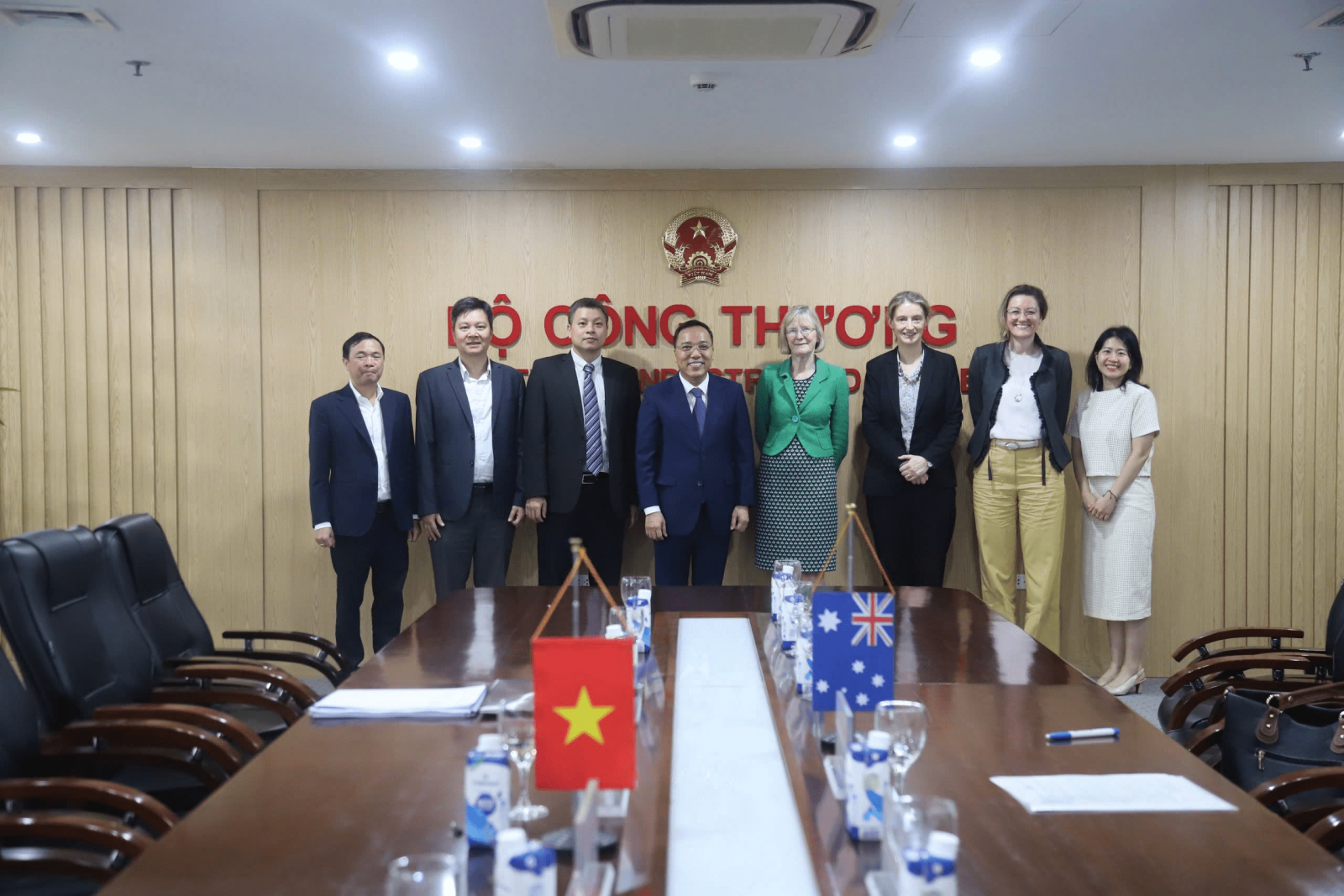
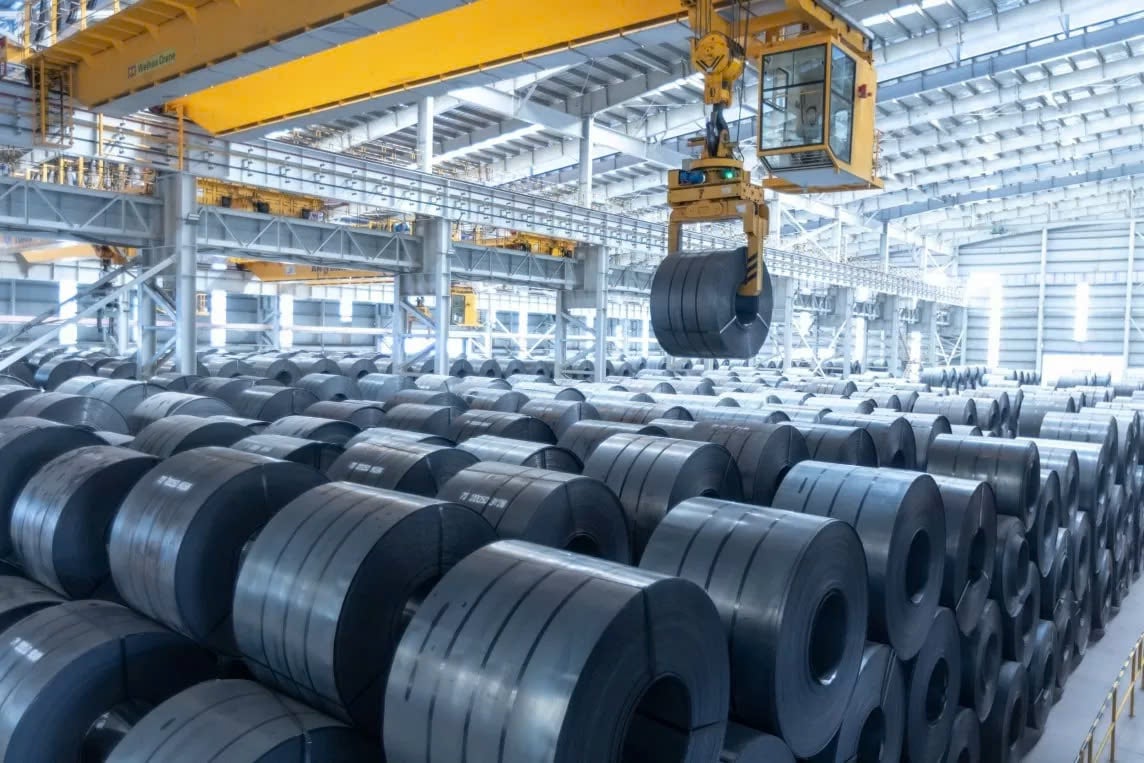



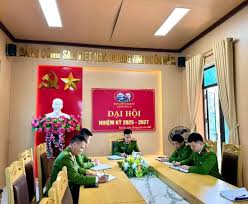

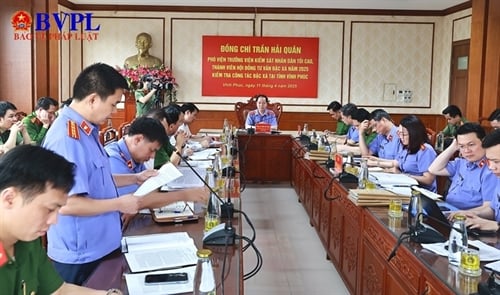












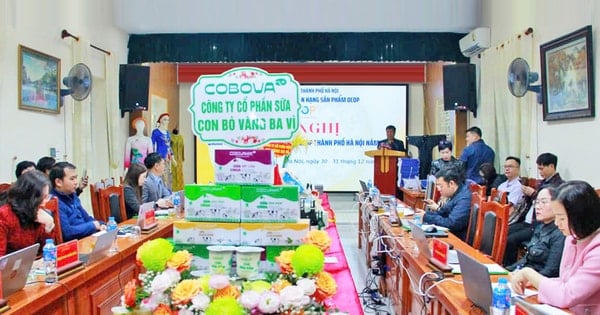

Comment (0)